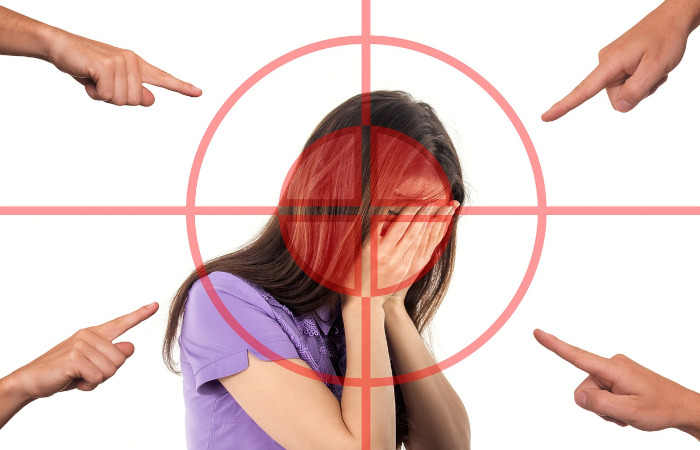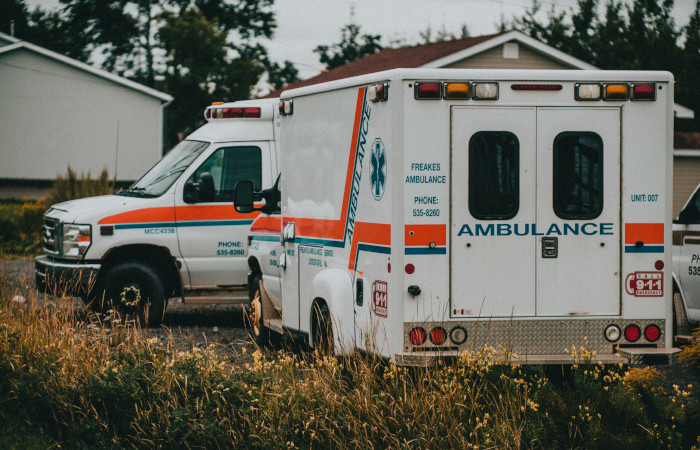Bullying
Why is Bullying a Public Health Issue?
Bullying is connected to both physical and mental health. In either case, it can lead to damage (emotional, social, and physical), self-harm, or even death.
Who is Vulnerable to Bullying?
Everyone can be bullied! When we talk about bullying in today’s world, we are not talking about a little kid getting his or her lunch money stolen. Attacks are not necessarily physical, so even the strongest person can be targeted.

Modern bullying can take many forms. It can take the form of manipulation, gaslighting, repeated micro-aggressions, exclusion, teasing, dirty looks, rumors, unkind social media posts, physical violence, and more. Keep in mind, anyone can be a bully, even someone you count as a friend.
The more “classic” bullying behaviors are easy to recognize. The ones defined below can be a little more complicated and difficult to spot.
Social Manipulation: Bullies sometimes act like they are a friend in order to get personal information that they then use to hurt that person. They might manipulate them by spreading rumors, exposing their secrets on social media or influencing others to exclude them from a group. Their goal is to be at the top in social groups by keeping others down.
Gaslighting: Some bullies try to gain control by getting their victim to doubt themselves. It’s a manipulative and abusive tactic that causes the person being bullied to question their own reality…maybe even think they are going crazy. The bully might question facts, deny memories, undermine their judgment, and insist on their version of reality.
Microaggressions: Some bullying behavior is hard to pick up on. With microaggressions, small derogatory comments or intimidating behaviors are meant to keep the victim in the background. This type of bully has a prejudiced attitude with the goal of making his or her own viewpoints the only ones that matter while anything else is silenced.
How Assumptions Hurt
Assumptions don’t always lead to bullying, but they can always hurt. While they may seem innocent in the person’s mind, making assumptions about people based on disabilities, sexuality, ethnic background, gender identity, or the color of their skin can be hurtful. Assumptions turn into rumors or stereotypes which can be very damaging.
One example of how this might play out would be if someone assumed a young man was gay because he had a high-pitched voice. They might then spread the rumor as fact along with any prejudiced ideas they may have about gay people. It could really hurt the young man socially, threaten his self-confidence, cause him anxiety, or worse.
What Can I Do About Bullying?
Recognize that bullying is a real public health hazard and can affect anyone.
Please go to the Reading and Video tabs to continue your journey through this module.
Be an “Upstander”
Please watch the following video.
Next Module
Choose which module you would like to explore next. When all six are complete, you are ready to take the Final Quiz required to earn the patch.








